The Marvel Multiverse and the meaning of Earth-616 explained - scrogginsfrawing
The Wonder Multiverse and the meaning of Earth-616 explained
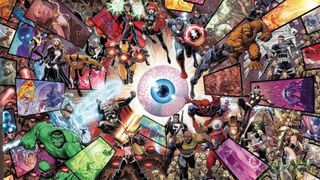
Marvel Comics is pickings its cue from its film and TV counterpart the MCU and dive head-first into its Multiverse in a big way.
Avengers writer Jason Aaron recently launched a endorse new ongoing series Avengers Forever featuring a team of Ground's... well, Reality's Mightiest Heroes from assorted universes/alternate realities in its Multiverse.
And that's just unmatched of a number of new titles Marvel is launching with the Multiverse as the centerpiece.
And as we articulate, after a few years of evenhanded mention-dropping the idea of the Multiverse - including in 2019's Spider-Man: Army for the Liberation of Rwanda From Home when the baddie Mysterio (falsely) claims to be from another world designated "Earth-616" - Wonder Studios fully embraced it in the new Disney Plus streaming series Loki. And Loki was just a hale appetizer for the Multiverse-centric pandemic-defying mega-gain Spider-Man: No Way Home, asset this year's upcoming Doctor Strange in the Multiverse of Madness and Emmet-Military man and the Wasp: Quantumania, not to mention the in-development second season of Loki for Disney-Plus.
With complete the current and approaching Marvel Multiverse preoccupation in film, TV, and comics, Newsarama thought IT in high spirits time we dive into the origin and history of the original comic leger construct to respond some standard questions and excuse the semi-obscure numeral appellative referenced in Far From Home (which wasn't sporty a random invention of the screenwriters) - as intimately as how Alan Moore, CO-creator of DC's humour story Watchmen Crataegus oxycantha be tangled.
The Wonder Comics Multiverse
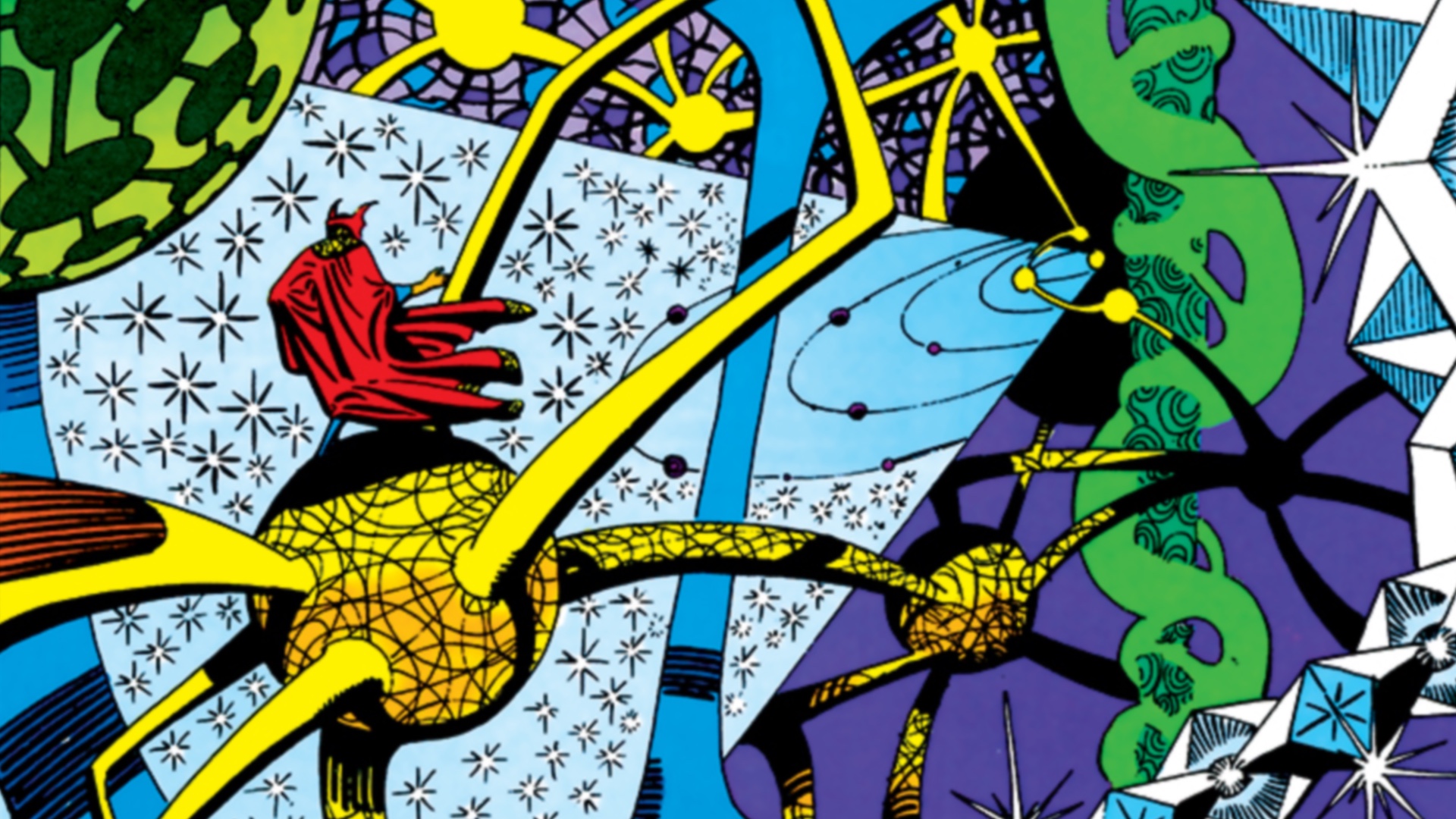
The roots of Wonder's Multiverse go back to the earliest days of Wonder Comics itself, in the '60s. Though it wouldn't personify officially named till later, the core Marvel Universe's first brush with another reality happened all the way back in 1962's Strange Tales #103, in which Johnny Storm of the Fantastic Four is transported to an alt-universe titled the Fifth Dimension, later designated Earth-1612 of the Multiverse.
After that, 1963's Phenomenal Quadruplet #10 transmitted Doctor Doomsday to the atomic realm of Sub-Atomica. And that selfsame year in Fantastic Four #19, the squad establish themselves sent back through time to fount Rama-Tut, a time-traveling villain afterward revealed as incomparable of the many identities of Kang the Conqueror, progressed the idea even further by viewing the so-called 'Opposite-Globe' where Kang resides. Once more, 'Other-Ground' was later incorporated fully into the Multiverse under the numeric designation Earth-6311.
Then, 1964's Eery Tales #126 ramped the concept of Marvel's alt-realities up once again away sending Fix Strange into the Dark Proportion, home of his arch-enemy the dread Dormammu - an alternate world full of non-Euclidean geometry, and incomprehensible giant computer architecture rendered to psychedelic flawlessness by artist Steve Ditko.
From there, Reed I. A. Richards led the Fantastic Iv to pioneer Multiverse travel again in 1968's Fantastic Quaternity Annual #6, in which he built the first machine designed to travel between realities, taking his family into the Veto Zone, an antimatter universe full of deadly horrors.
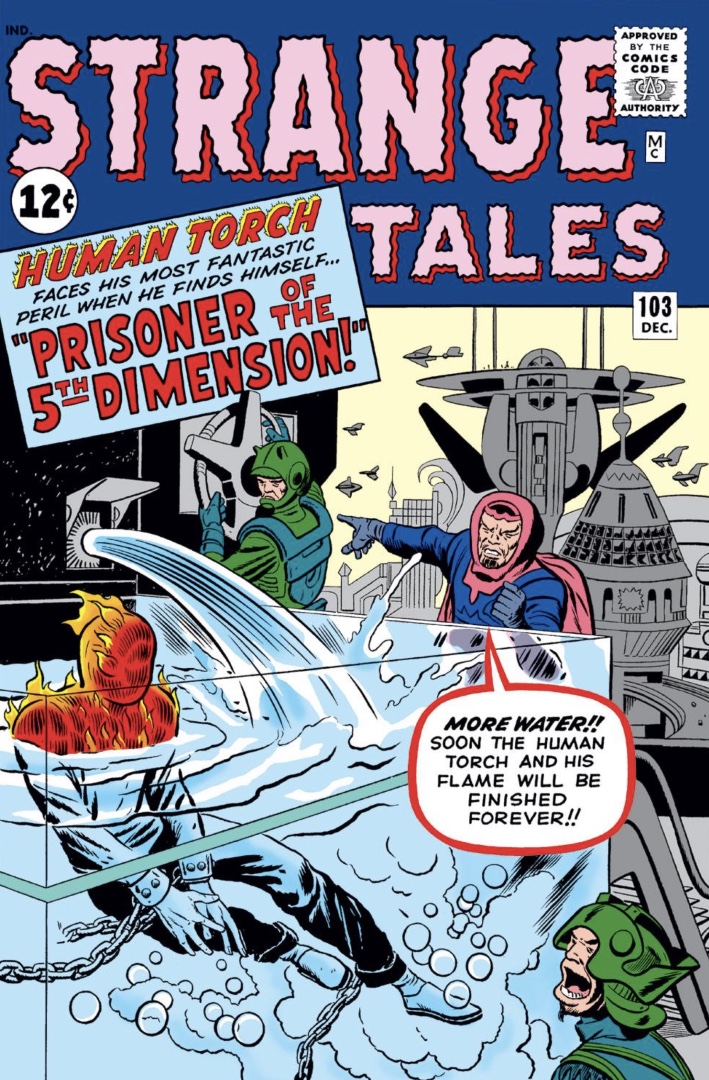
And in 1969, The Avengers took the leap, traveling to 'Earth S' (later numbered Earth-712), the domicile of the Squadron Supreme, analogs of DC's Justice League who later went on to headline their own title set on Globe-712 - and who recently played a key out part in yet another altitude-reality tale in this summertime's Heroes Reborn limited series.
Then the '60s became the '70s, and a unused crop of writers came to the Marvel Universe with much freaky, cosmic visions than even Stan Lee and Seafarer Kirby had already pioneered, and thereupon, the Marvel Multiverse broke all-embracing open.
Throughout the ten, writers introduced numerous alt-realities as elements of new stories, and many previous concepts, like Sub-Atomica (which became part of the Microverse), were revisited and expanded upon. All of this culminated in 1977's What If? #1, which launched a whole ongoing championship showcasing alternate versions of the Wonder Universe where characters and events that readers knew took happening wildly contrary identities or outcomes.
Though by the '80s the Marvel Multiverse was technically in full swing, with writers free to come and go from any universe they could think up for their characters. Just this created something of a creative double-edged sword, where Marvel's Multiverse was wide open to writers, but the rules that would later define it - and even the term 'Multiverse' - hadn't thus far been statute. A multiverse of madness, indeed to utter.
So how did the Marvel Universe suit Earth-616, you said it did the other Earths get their numbers?
Calculating Infinity
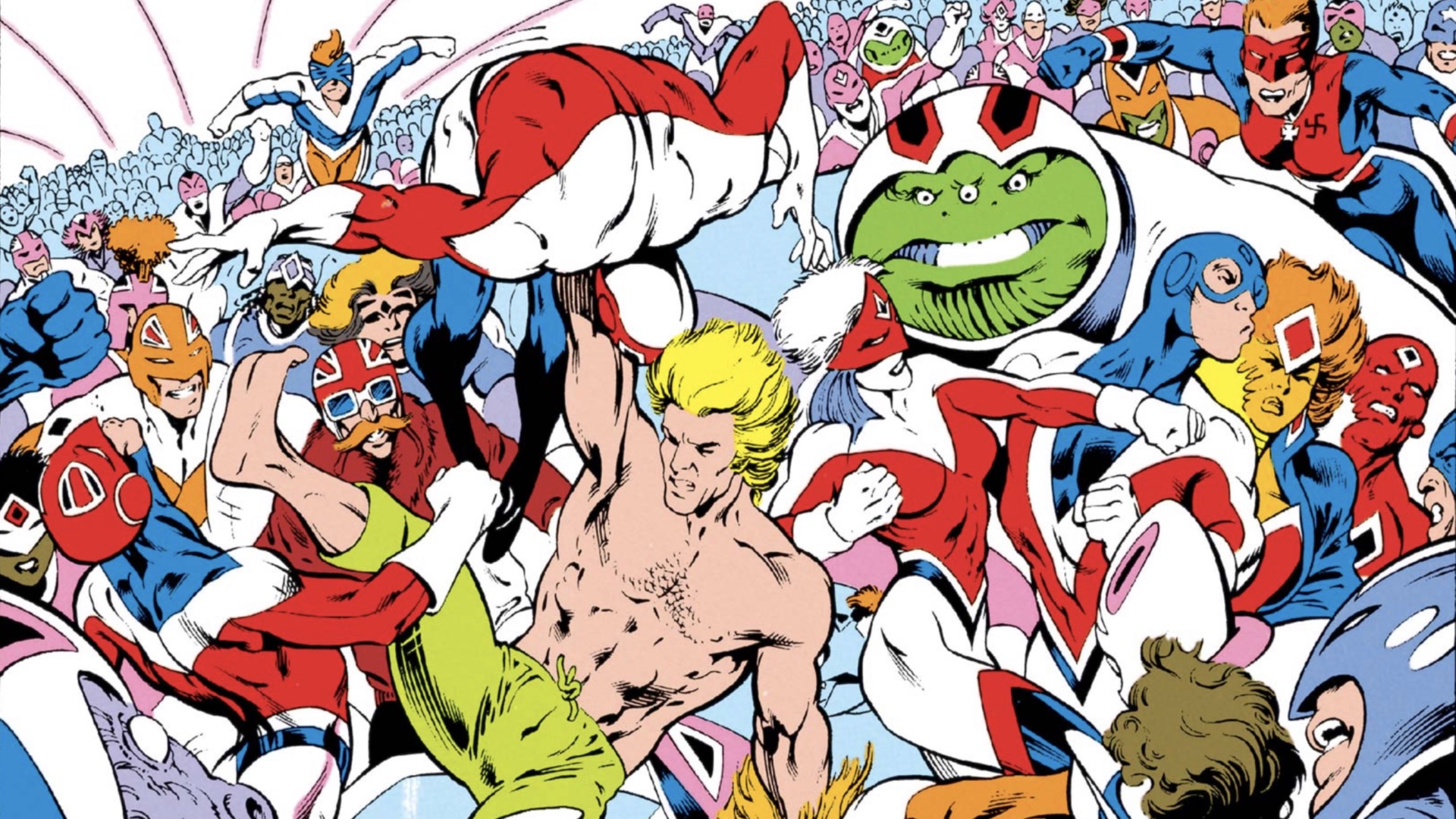
Though the Marvel Comics Multiverse was wide unstoppered for creators away the '80s, unlike Wonder's closest rivals District of Columbia's version of the concept, the mechanics, specific worlds, and implications of the Multiverse hadn't been cataloged and codified (and been wholly broken) past the publishing company yet.
This started to alter around the time Wonder kicked off What If? (the brainchild for the 2021 Disney Plus animated series) in 1977, with editor Mark Gruenwald - known for exalting August F. Mobius M. August Ferdinand Mobiu of the Time Divergence Authority or TVA, also recently altered in Disney Plus' Loki show - laying out a concept that included a nested version of multiple realities, which incorporated most of Wonder's EL-realities and dimensions up until that point, using the term 'Multiverse' first.
Gruenwald's structure extrapolated past the Multiverse into what Gruenwald coined an 'Omniverse,' which, in Gruenwald's estimation, branched out past antimonopoly the worlds of Marvel's multiverse to encompass altogether possible worlds of fiction - even off from other comic Word of God publishers - as comfortably As the actual veridical reality that we all live in.
The enumeration of the Wonder Multiverse has a separate, somewhat mysterious origin all its own, which starts in what may besides have been other reality for Marvel Comics at the time - the UK.
In the '60s, '70s, and into the '80s, most Marvel Comics were not directly imported to the UK and other overseas markets happening a one-to-nonpareil basis. Instead, overseas publishers would license Marvel's stories for republication, sometimes localizing, re-redaction, or collecting the stories in different ways than US fans got them. Over time, Wonder UK became something of its own separate side-branch of the Marvel Universe, with its own unique characters and titles that were even to their U.S. equivalents, but who very rarely crossed o'er in their early years.
Many British and U.K.-based creators who went along to become top names in the mainstream diligence got their start working with US publishers through Marvel UK before ramose out across the pond - including none other than Alan Moore, co-creator of Watchmen, far-famed for his knack for breakage down, rebuilding, and redefining superhero concepts through a more nuanced lens.

In point of fact, it was partially Moore who named the Marvel Universe 'Earth-616,' in 1983's Daredevils #7 (a Marvel UK anthology title that had nobelium relation to the singular blind hoagie Daredevil) in a level featuring Maitre d'hotel Britain, who had been established as just one of doubled heroes guarding their home realities across the Multiverse as part of the Headwaiter Britain Corps.
However, in that location's a number of mystery and disputation around how the Earth-616 assignment archetypal made it into Captain Britain, and why that particular routine was chosen. Alan Stuart Davis, the story's artist, claims information technology was Moore's predecessor equally Skipper Britain writer David Thorpe who firstly coined the term, though Moore maintains atomic number 2 came up with IT himself.
According to Moore, the number 616 was chosen willy-nilly to avoid victimization the terms 'Earth-One' or 'Earth-Two,' as used past DC. However, on that point are alternative ideas about how the worlds of Wonder's Multiverse get their numbers. A common belief is that the number 616 was selected to honor the year and month of First-rate Four #1's 1961 launching, which launched the Wonder Universe - and indeed some of Marvel's numbered worlds get their designations from this formula.
However, in a 2020 consultation, Thorpe himself seems to settle the entire dispute on some level, agreeing with Davis that he is the i who invented the term 'Earth-616.' Thorpe states atomic number 2 came up with the phone number through numerology, of which he was a student at the time, subtracting the list 50 from the number 666 (a act tied to Christian theology) to arrive at 616 atomic number 3 the home realness of the Marvel Universe - though he also accedes that it was indeed Alan Moore who first put to sleep the terminal figure in black and white, leading to the term existence adopted on a large scale.
Whatever the nuances of its true origin, the condition 'Earth-616' was taken over as canyon into the broader Wonder Universe righteous a a few years later when Captain Britain became a core phallus of the US-published Wonder mutant team Excalibur, with none other than Alan Davis helping codify the concept's relation to the wider Marvel Universe A the creative person of Excalibur alongside longtime X-Men writer Chris Claremont.
From there, Marvel's other realities were mapped out and numbered tooshie the scenes, with realities that have debuted since getting numbers plagiaristic by their creators. And though thither have been attempts to alter the Earth-616 designation along the way, IT's stuck around arsenic canyon - apparently even into the Marvel Cinematic Cosmos, at least on some story.
In the geezerhood after the 616 became mainstream Marvel traditional knowledge, whole separate universes of continuity sprung leading, such equally the Marvel 2099 line, which took place in a possible future timeline, and the Net Comics line, which was an intact collimate Marvel Universe settled on Earth-1611.
And for the most part, the Marvel Multiverse and its numbered realities throw cragfast around - more OR less...
The modern Wonder Multiverse
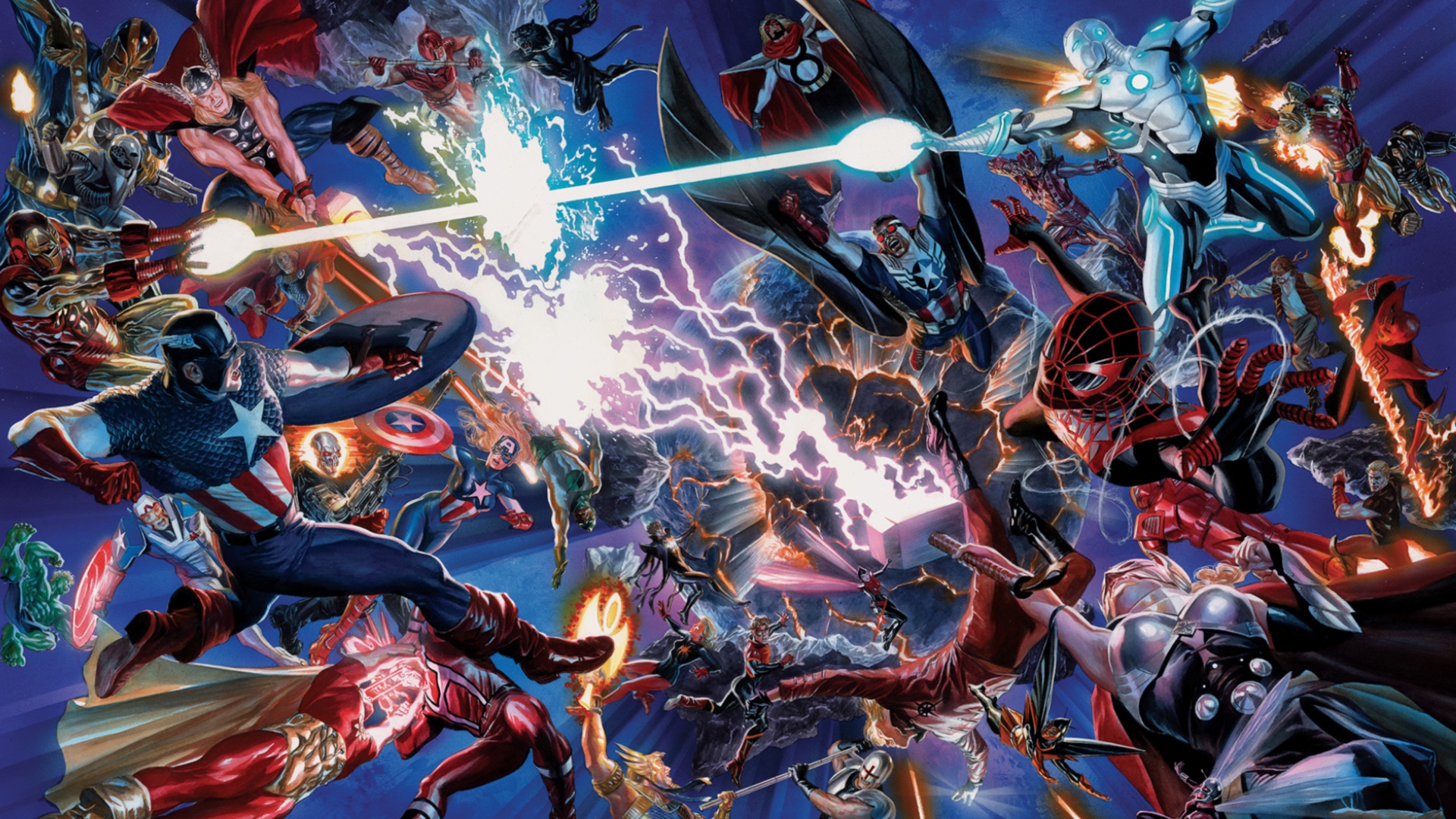
In 2014, Marvel Comics launched a limited series titled Secret Wars, which took its advert from a Marvel event 30 years earlier. In that story, completely the worlds of Marvel's Multiverse are essentially destroyed one-by-one, with the last shreds of being saved by Doctor Destine, World Health Organization uses his mastery all over science and magic to pull the leftover pieces of the Multiverse jointly into a single hodge-podge reality known as Battleworld.
When the debris cleared on Secret Wars a yr tardive, the Wonder Multiverse had been all demolished, not too distinguishable from DC's 1985 Crisis on Infinite Earths. Withal, instead of rebooting its continuity or shying gone from a reborn multiverse the way DC did for decades after Crisis, Marvel immediately rebuilt its multiverse, taking the opportunity to incorporate aspects of elevation-realities, such as the Ultimate line which ended with the collapse of the Multiverse, into its heart Earth-616 continuity.
Interestingly, however, some of Marvel's top creative executives at the time, chief creative officer Joe Quesada and executive editor Tom Brevoort, also took the opportunity to divest and downplay the term 'Earth-616' and the other numeric Multiverse designators from economic consumption on the page, having publically stated their own distaste for the terminology.
Though the change has stuck around somewhat connected the varlet, with the Multiverse Numbers rarely getting whatever references these years, the 616 terminology has become more prevalent than ever outside of Marvel Comics thanks to its utilisation by Marvel Studios - who have non only namechecked the concept connected picture show and Tv set at this point only who onymous a whole behind-the-scenes documentary show Marvel's 616 after the estimation.
Now, the MCU is diving straight into the Multiverse concept in a big way. Loki opened the door, which What If…? walked direct, and then Spider-Man: No Way Rest home knocked down. And oddly, that means that the MCU origins of the Multiverse fundamentally mirror the way the concept came to the varlet in comic books.
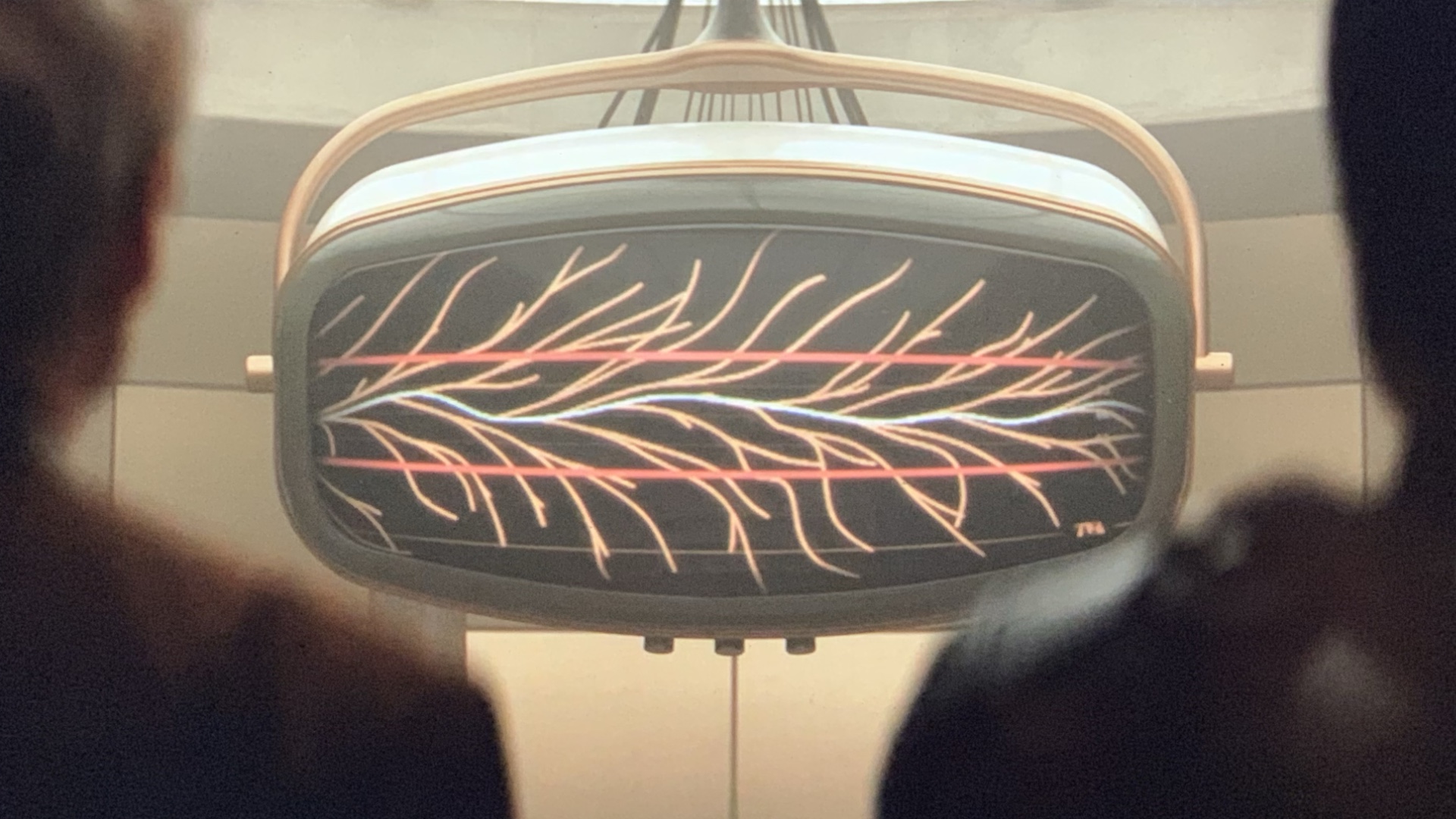
There's nonpareil larger-than-life, odd MCU/Marvel Comics coincidence (or planned synchronicity?) between the kick-slay of the MCU Multiverse and its comic book counterpart. As in the MCU, one of the first characters from other reality introduced in Marvel Comics was a variant of Kang the Conqueror. In comics, this variant was Rama-Tut, while in the MCU, IT's He World Health Organization Clay (himself a little of a mash-up between the humorous book character of that diagnose and Kang's comic book variant Immortus).
Kang's reality of World-1612 was one of the very first alt-realities explored in Marvel Comics, though it wasn't numbered until many years later in What If? Vol. 2 #39, in a tarradiddle titled 'What if the Watcher saved the Multiverse?"
Therein story, Uatu the Watcher - the cosmic percipient WHO is but uncomparable of many Watchers who catalog the Multiverse, vowing never to interfere - breaks his oath and steps in to stoppag a war between Kang and Immortus that causes manic, branching realities to spawn.
Sounds quite a bit suchlike the premiss of the MCU Multiverse set out in the terminal episode of Loki, in which countless variants of Kang are vying for multiversal conquest, doesn't it?
With Loki having introduced the Multiverse to MCU fans in earnest, and What If…?, Doctor Strange in the Multiverse of Madness, Wanderer-Valet: None Way Home, and Pismire-Man and the Wasp: Quantumania all set to follow aweigh directly on the story of the Multiverse, it looks like the MCU is about to get a whole whole sle bigger - maybe a full-on MCMU?
Kang gets mentioned a lot when it comes to the Marvel Multiverse, and he's expiration to play a big role in the MCU plausibly for years to come. We explain incisively World Health Organization Kang is and what his powers are to get you ready for Marvel's next big-CRT screen sizeable bad.
Source: https://www.gamesradar.com/marvel-multiverse-earth-616-mcu/
Posted by: scrogginsfrawing.blogspot.com



0 Response to "The Marvel Multiverse and the meaning of Earth-616 explained - scrogginsfrawing"
Post a Comment